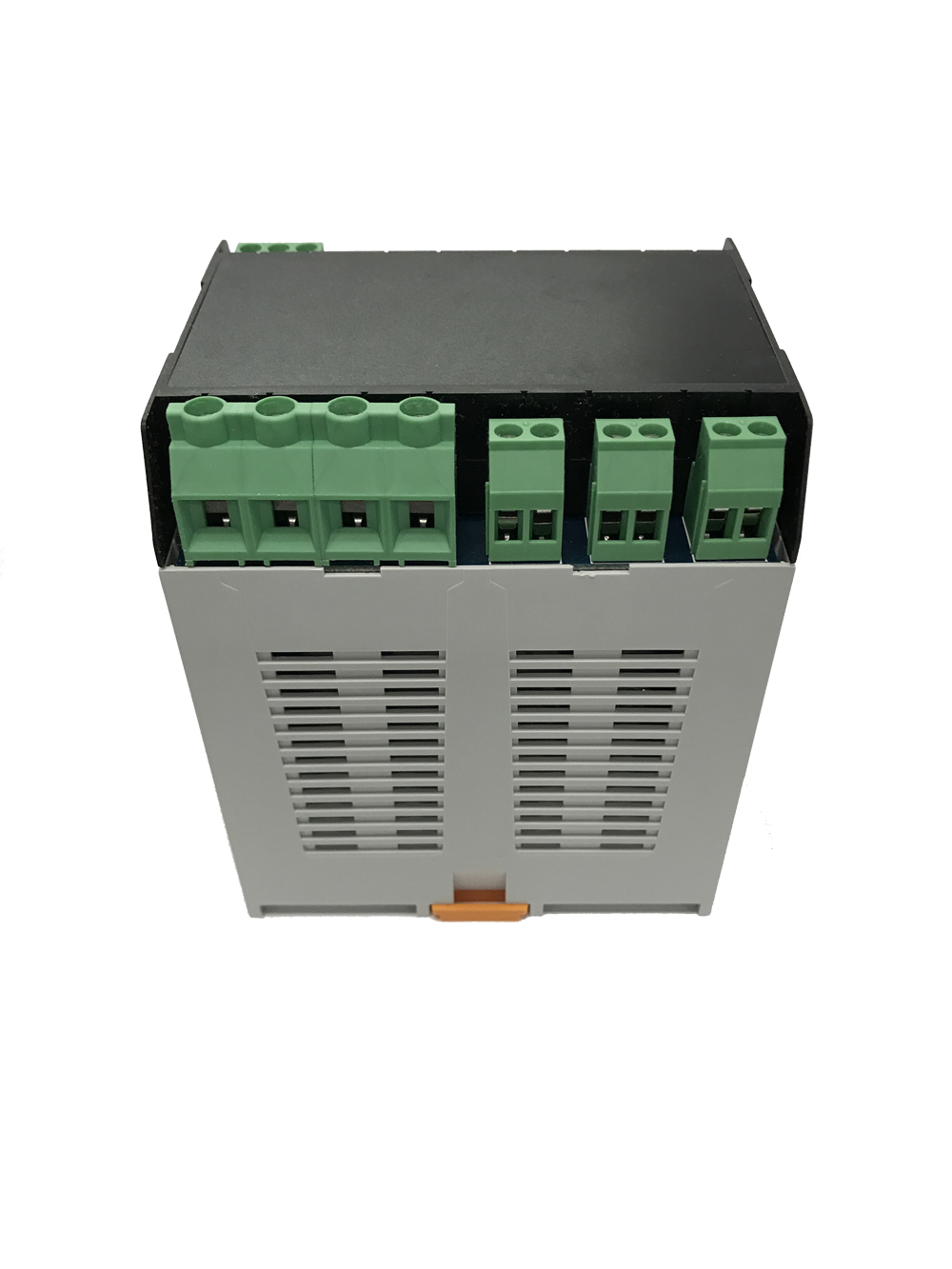Most electrical energy is distributed as either 50 or 60 Hz AC, which leads most measurement devices to only be designed and calibrated at those two frequencies, or over a narrow (45-65 Hz) range.
What happens when you need to measure at other frequencies? For example, when measuring the input to a Variable Frequency Drive, where the frequencies can be as low as 5 Hz and as high as 85-90 Hz.
Perhaps your application includes a higher harmonic content that must also be captured and measured. The US Department of Energy recently required measurement of non-fundamental frequencies up to the 40th harmonic for several industries.
In these and other cases, you’ll need a device specifically designed and certified for a wider frequency range.
This brings two challenges:
- How to make the measurement?
- How to certify its calibration?
Measure Below and Above 50/60Hz
OSI has developed a number of different transducers which measure both below and above the traditional 50-60Hz range. You can find those specifications here:
P – Variable Frequency Watt Transducer
WT7 – Multifunction Transducer
Please chat with us if you’d like help determining the part number that works best for your application.
You may also need current and voltage transformers that perform across a wider range. These, in turn, may also require calibration with the above devices to achieve your required accuracy.
This brings us to how to calibrate and certify the measurement. There are two primary certification types: ANSI Z540 and ISO 17025. The Z540 certification is more commonly used in North America while the 17025 is recognized worldwide.
Both certifications are available from OSI at frequencies well outside the usual span.



